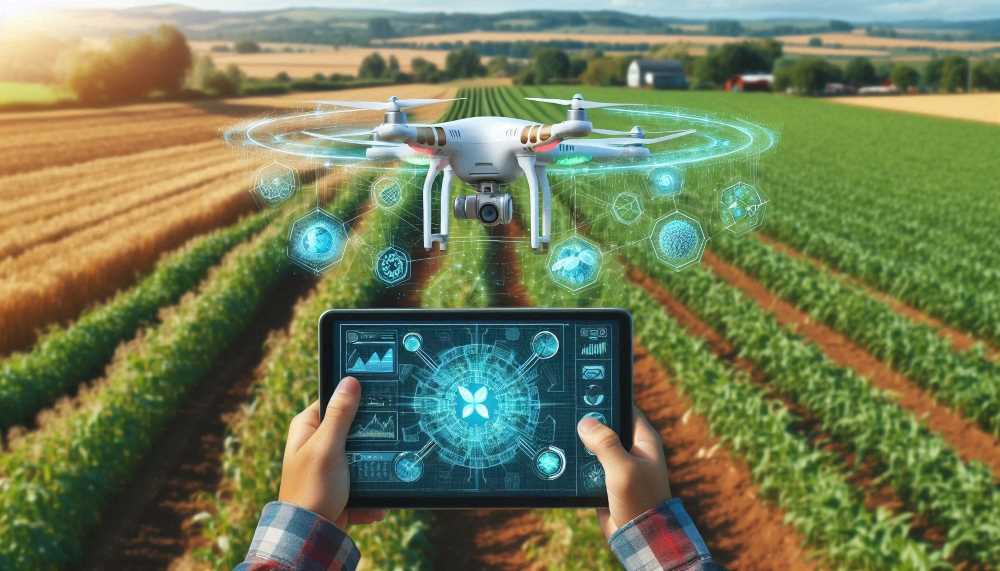How AI is Cultivating a Sustainable Future
Machine learning is transforming agronomy by providing accurate predictions and optimizing farming practices. CENID RASPA uses UAVs and machine learning to estimate nitrogen in plants, demonstrating the technology's potential for sustainable agriculture.

Agriculture has always been a field deeply rooted in tradition, but as global challenges mount, the industry finds itself on the cutting edge of technological innovation. Machine learning is stepping onto the agronomic stage like a scientist in a lab coat—ready to revolutionize the way we grow our food, manage our resources, and even think about the environment. With its ability to process vast amounts of data and deliver highly accurate predictions, machine learning is not just a tool; it’s a game-changer.
For centuries, farming relied on experience, intuition, and sometimes a bit of luck. Farmers would look to the sky, feel the soil, and trust their instincts. But as the world’s population grows and climate change poses new threats, traditional methods can no longer guarantee the precision and efficiency required to feed billions. Enter machine learning, a field once reserved for tech giants and financial analysts, now playing in the dirt (in a very sophisticated way).




